Crossover index
A number of real-coded crossover operators have been developed that create two children solutions from two parent solutions.
Maybe the papers you're reading use the Simulated Binary Crossover (SBX).
For this operator the crossover index (η) is a non-negative real parameter. A large value of η gives a higher probability for creating near parent solutions and a small value of η allows distant solutions to be selected as children solutions.
The step by step procedure for SBX algorithm is:
- Choose a random number
u ∈ [0; 1[.
Calculate βq:

Compute children solutions using these equations:

Here Xi(1, t+1) and Xi(2, t+1) are the children obtained from two parents Xi(1, t) and Xi(2, t).
A possible implementation in C is here (also take a look at Simulated Binary Crossover (SBX) crossover operator in Scala genetic algorithm (GA) library and Simulated Binary Crossover (SBX) crossover operator example).
So the probability distribution for creating children solutions of continuous variables when η=2 / η=5 is:

Parents are marked with o and you can see how a larger value gives higher probability for creating near-parent solutions.
The reference paper for SBX is:
Simulated Binary Crossover for Continuous Search Space
Kalyanmoy Deb, Ram Bhushan Agrawal
1995 (PDF here)
Mutation index
The mutation index (ηₘ) is (probably) a parameter of the polynomial mutation operator suggested by Deb and Agrawal (1999).
ηₘ induces an effect of a perturbation of O((b – a) / ηₘ) in a variable, where a and b are lower and upper bounds of the variable.
Then it's reasonable to use a larger ηₘ for subsequent generations.


